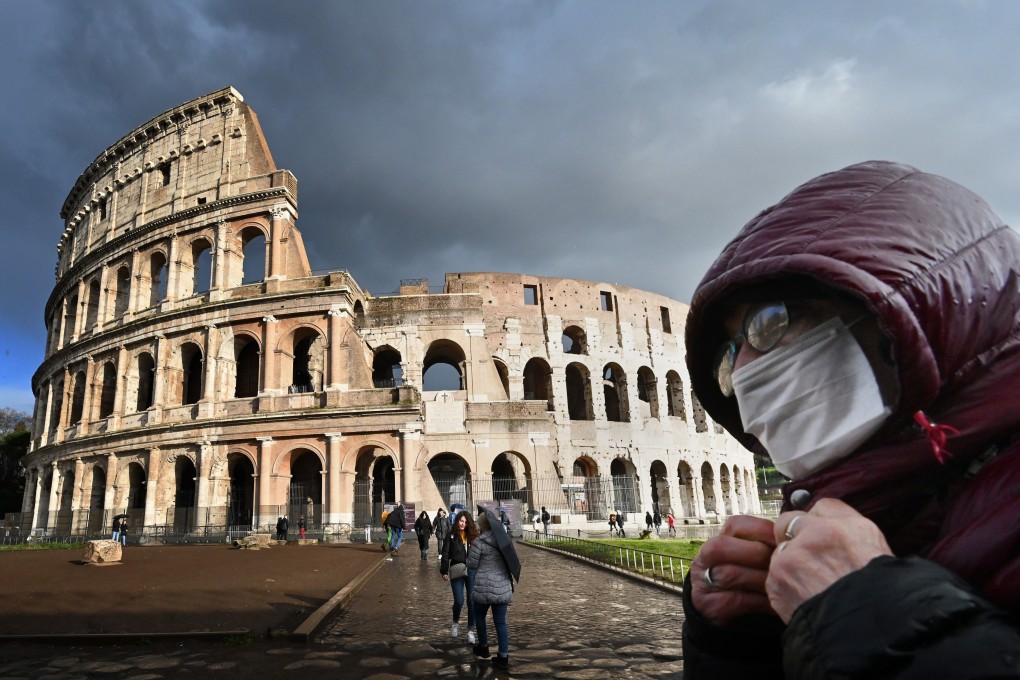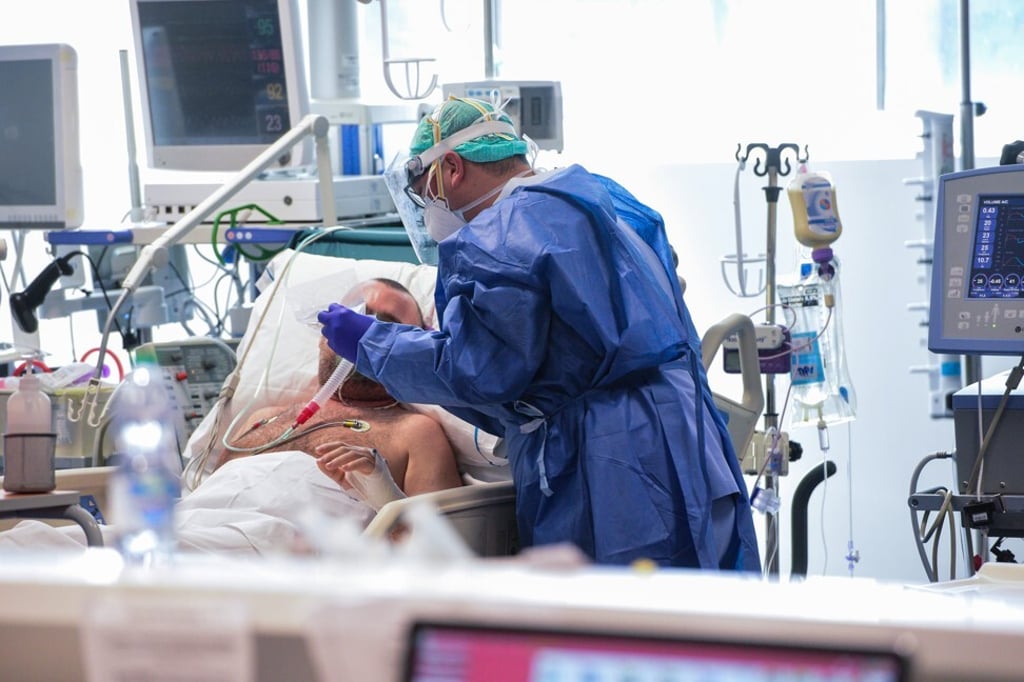Life under Italy’s lockdown: the hard lessons other countries must learn
Italy reported its first Covid-19 cases in January but it wasn’t until a few weeks ago that the public’s attitude changed after infections skyrocketed. A Rome-based American journalist recalls the early days of the outbreak

When the film about Italy’s novel coronavirus outbreak is made, the hero will be a bespectacled doctor on the cusp of retirement, whose last rodeo is saving his city, his country and possibly the world. In the fictional version, he will probably perish in an act of noble self-sacrifice. But for now, Dr Massimo Galli of Milan’s Sacco hospital is not only well, but on a mission to make people who minimise the contagion’s severity understand that they are quite simply wrong.
Throughout history, denial has yielded to reality in stages – and usually too late, according to Galli, who is helping oversee the fight against infectious diseases in the northern Lombardy region, around Italy’s financial capital, Milan.
“There’s a first phase, in which you elbow it away, saying, ‘Our neighbour has it, ah, scary, but he’s got it.’ Then there’s the phase in which you realise it’s arrived in your house and you deny it, ‘No it’s impossible!’” Galli said on Italy’s La7 television network on March 5.
Next comes a tug of war in which inhabitants debate harsh preventive measures that are, tragically, reduced or taken too late. “Finally, there’s the phase of total ruin, in which the sickness runs rampant,” he said – emphasising that parts of Italy had reached that point. “If people think I’m exaggerating, tell them to come and see what’s happening in our wards.”
What happened next on that TV programme helped catapult me from the land of “maybe it’s just a flu” to “how dare anyone leave home without good reason”. The network accepted Galli’s challenge and dispatched a crew to an intensive care unit in Cremona, an hour’s drive southeast of Milan.

The footage shows rows of naked men, unconscious, face down, hands at their sides palms up, connected to tubes, with only small, white blankets covering their backsides.